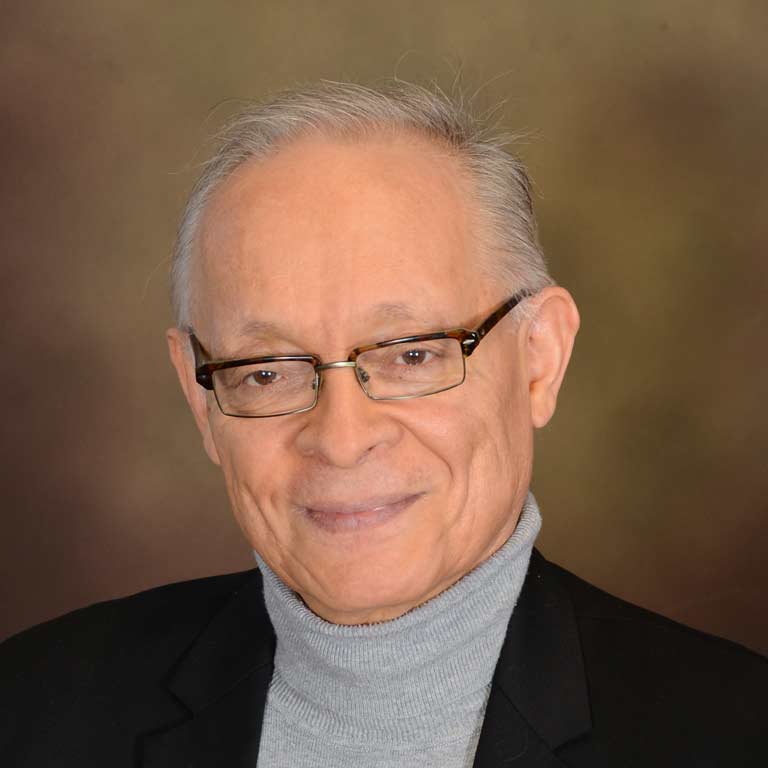Jorge José
James H. Rudy Professor - 2010

Jorge José joined Indiana University as vice president for research in August 2010, and served in that position until 2015. Prior to his appointment at IU, he served five years as vice president for research at the University at Buffalo, the largest campus in the 64-member State University of New York (SUNY) system.
At IU, José has been responsible for research development, research compliance, and research administration. Working with various university offices, campus leaders, and deans, he works to increase and diversify research and creative works at IU, attract external funding for these activities, and develop public-private partnerships, technology transfer, graduate education, and intercampus research opportunities.
José is also a professor of physics and a fellow in the prestigious scientific society, the American Association for the Advancement of Science. Prior to his positions at IU and SUNY Buffalo, he was the Matthews Distinguished University Professor and chair of the physics department at Northeastern University, where he founded the Center for the Interdisciplinary Research on Complex Systems.
A native of Mexico City, José received his doctorate, as well as master's and bachelor's degrees, in physics from the National Autonomous University of Mexico (UNAM). He is trained as a theoretical condensed matter physicist and has done work in phase transitions, soliton physics, disordered systems, high temperature superconductivity, classical and quantum Josephson junction arrays, quantum and classical chaos, and quantum phase transitions. More recently, he has also done work in biological physics, specifically in computational neuroscience and cell biology.
Elected a fellow of the American Association for the Advancement of Science in 2007, José is the author and co-author of 145 publications, has been a referee for 10 professional national and international journals, and is the co-author of Classical Mechanics: A Contemporary Approach, published in 1998 by Cambridge University Press. The book is presently used as a graduate textbook in the United States, Europe, Korea, Japan, India, and Asia.
He was named a fellow of the American Physical Society in 1997 and a corresponding member of the Mexican Academy of Sciences in 1999. His awards also include France's Chercheur Etranger D'haut niveau et de Renomme International in 2002 and the Manuel Sandoval-Vallarta 2004 Award from the Metropolitan Autonomous University in Mexico.

